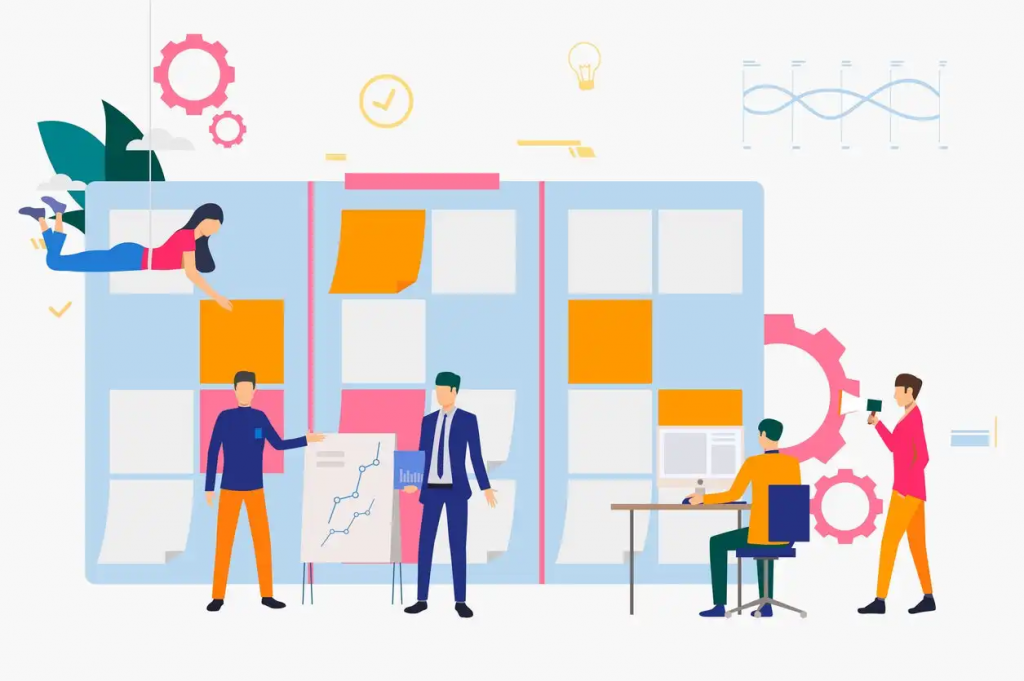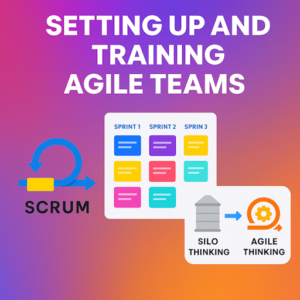

Communication is one of the most important practices needed in a agile team regardless of whichever framework (Scrum, SaFE, Spotify). The key to communication is the reason why there are several events such as sprint planning, backlog grooming and daily stand ups.
Collaboration within a scrum team is also essential to ensure that there is trust and open mindedness in receiving and handling any feedback and / or criticism. This can come from internally within the team or externally from business stakeholders.
It is important to know that communication and collaboration exists hand in hand within the team.
I start off with communication as this is one of the essential foundations of any agile team.
In an agile team, communication needs to be fast, fluid and dynamic. The people in the team need to grasp and respond to any given changes or requirements fast. Take note this is about responding, not completing.
This is made possible by the proliferation and advance of online collaboration and messaging tools such as Facebook, Microsoft Teams, Zoom and a host of others. However, do take note this is just a means to an end.

There needs to be a process or communication in place that needs to ensure information flows correctly and understood by people new to the team, people not close to the team and people who are very high above.

For example, any new joiners to the team needs to be given a proper product introduction, technical knowledge transfer and also the ways of working. With that done, then the scrum master’s duty is to ensure the team channel communication is always open and everyone is helping each other.
Refer : https://www.researchgate.net/publication/347814701_Communication_Challenges_in_Agile_Teams_from_The_Communication_Theory_Prospective
Refer : https://www.mckinsey.com/business-functions/people-and-organizational-performance/our-insights/the-organization-blog/unleashing-the-power-of-communication-in-agile-transformations

In Agile implementations, collaboration is the crux and basis for the team to work together and become a high performing team and communication is the way of getting this through so the collaboration becomes meaningful. Here where this is useful :
- Effective onboarding (quicker time to familiarize with both communication and collaboration)
- Clarity (get to resolve or iron out any confusion in communication)
- Autonomy (self managed collaboration)
- Avoid silos (open communication)
- Focus on values rather on outcomes (collaboration via mockups or prototypes)
One the articles from Facebook’s Meta workplace is regarding the topic above – https://www.workplace.com/blog/agile-collaboration
In my next article, we will talk about knowledge management, retention and a term called absorptive capacity. So stay tuned and hope you have enjoyed my blog post.

Disclaimer: What I am sharing is purely from my point of view and does not reflect anyone else’s. What I present in my posts doesn’t necessarily mean tat it is applicable to your work, organization and culture. Would love to hear from you if you have any different opinions or feedback.







